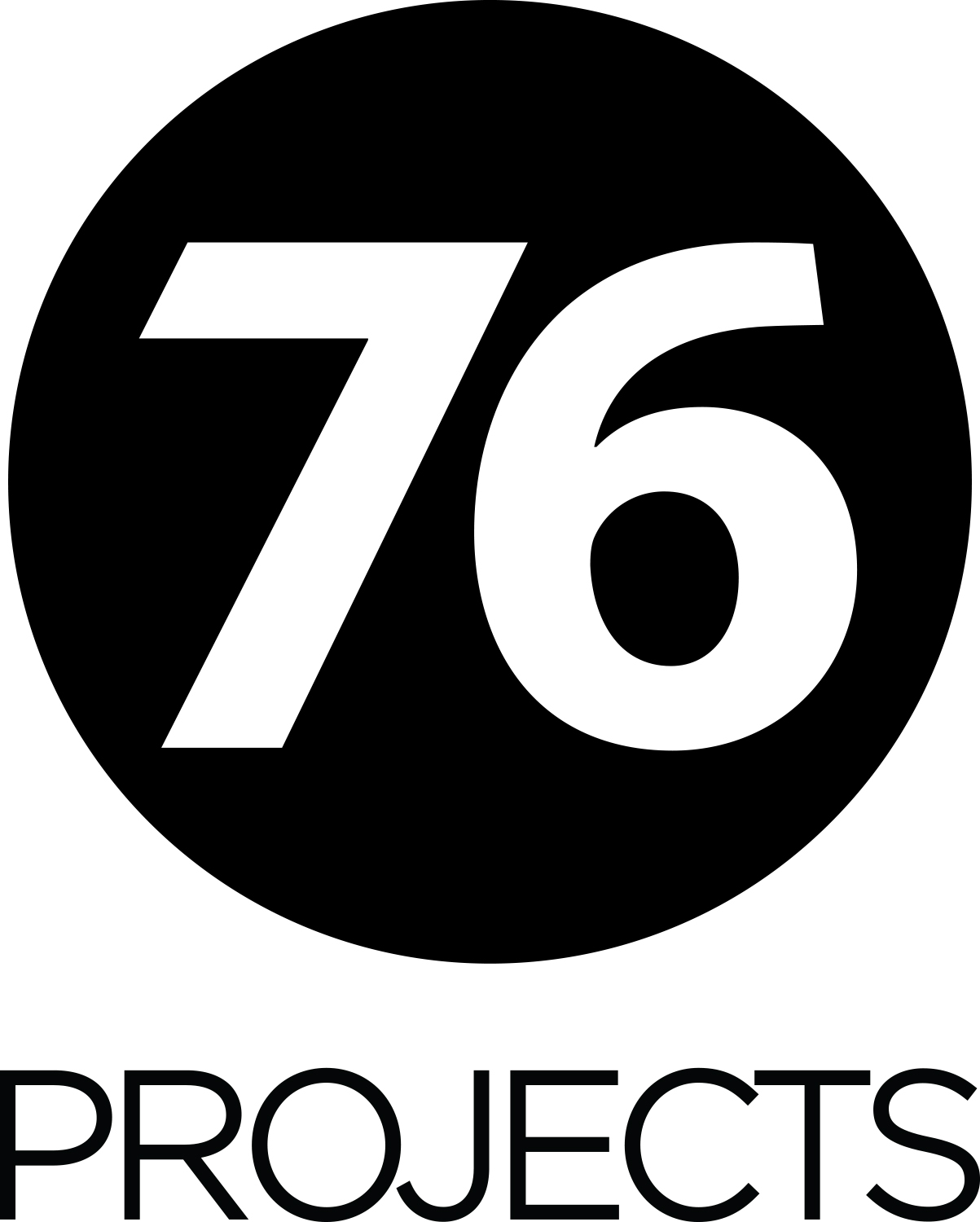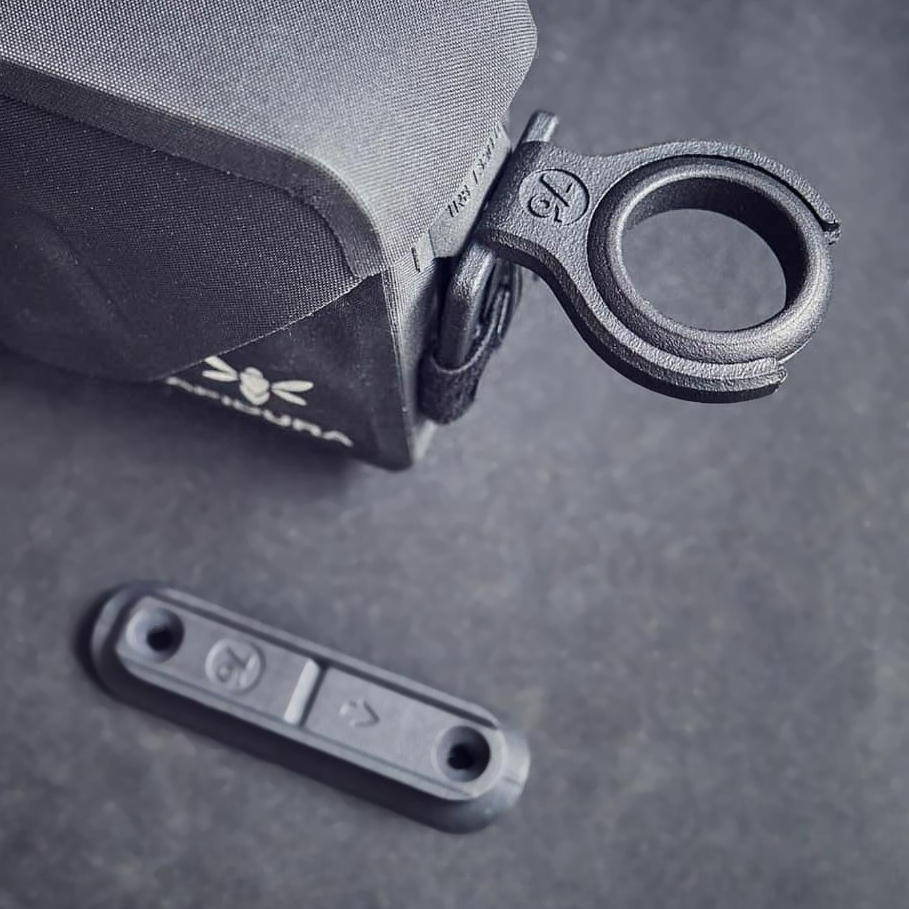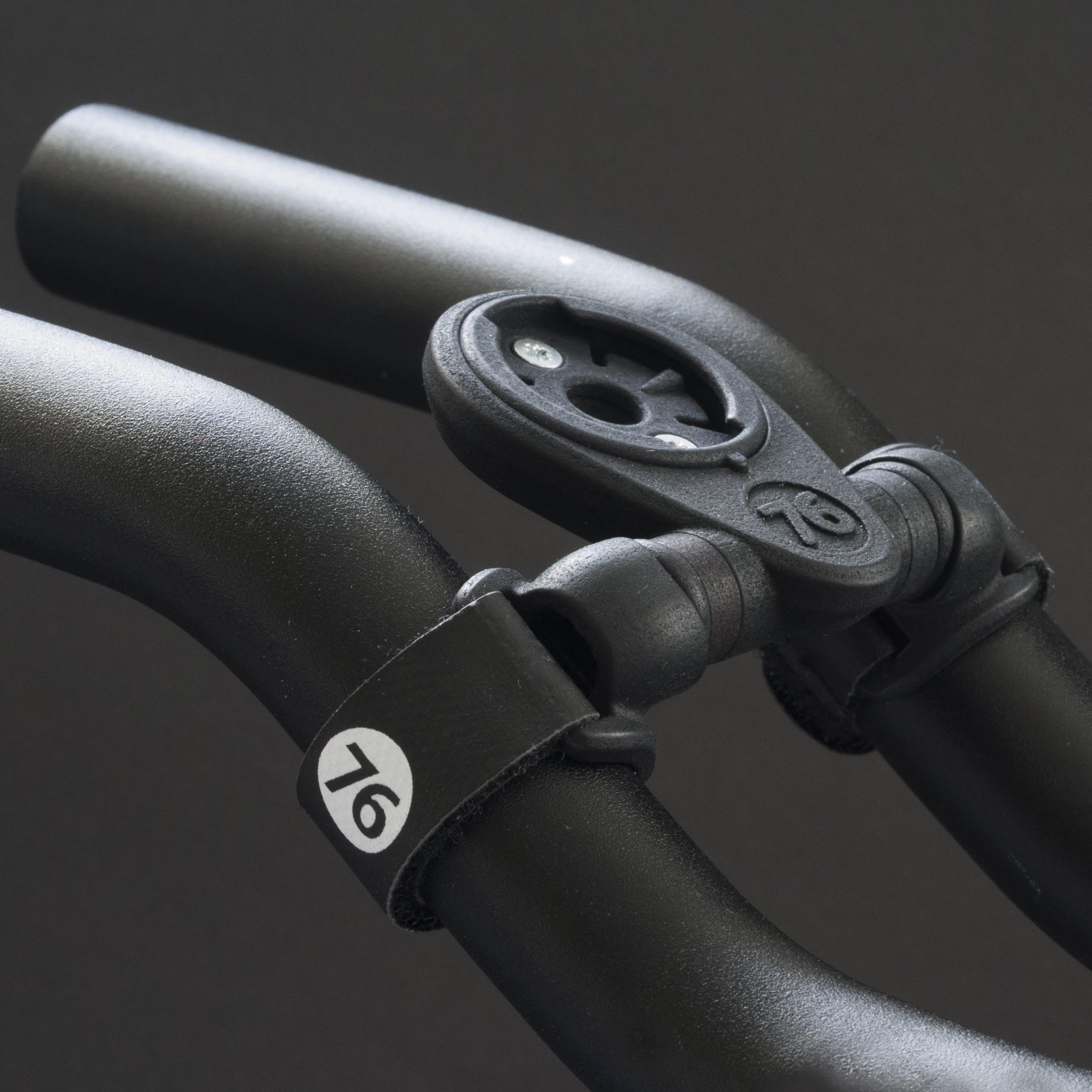76 Projects
Manufacturing Partnerships

The ethos of 76 Projects is to create performance oriented cycling products that offer a genuine advantage over anything already in the market. The success of the company is reflected in the rapid growth of its own brand and an increasing number of collaborations in which 76 Projects provide development and manufacturing services in order to bring their clients’ products to the market.
Paul Robertson, Co-owner and Designer at 76 Projects provided further insight: “We necessarily had to develop a trusted relationship with key suppliers for the manufacturing side of our business, and we wanted that to be within the UK. 3DPRINTUK is a key manufacturing partner for us and supported us on our growth trajectory to a point where we have now invested in our own MultiJet Fusion (MJF) additive manufacturing (AM) solution.”

The 76 Projects team started researching the viability of bringing in its own industrial grade AM machine more than three years ago. It’s a big investment, however, one that they took seriously to support the production of large part prototypes for use in wind tunnel testing for some key clients. The in-house industrial 3D printing capability and capacity will add value to the business with the control that it brings, but one single manufacturing process will never meet all of the company’s manufacturing requirements. As such, 76 Projects will continue to partner with 3DPRINTUK as it continues to evolve with the manufacture of parts, utilising 3DPRINTUK’s years of hands on experience.
Robertson provided some further historical perspective. “Our first introduction to 3D printing (or rapid prototyping as we called it back then) was 15 years ago whilst Rob and I were working with other companies. We were using this emerging technology as a fast and efficient way to speed up product development and to prove and sign off parts for injection moulding.”
In the mid 2000s, the powder bed fusion (PBF) process was established as reliable for both form and functional testing of parts and tools. It still is! However, the biggest change since then is the use of PBF 3D printing as a feasible production solution. The key mechanics of powder based processes such as selective laser sintering (SLS) and later MJF have not changed that much, but they have evolved significantly such that the associated costs, consistent quality, and levels of finishing have improved dramatically.
Paul explains the effects of this technology evolution and how it is reflected in the way the business operates. “We have had to alter the way we think and design in order to gain the maximum benefit and freedom from the PBF 3D printing process. To be frank, it has taken us a while to get away from designing for injection moulding, and the inherent limiting parameters such as draft, wall thickness, core access, and so on.”
“The 3DPRINTUK costing algorithm is the best we have found on the market as it is geared not only to prototypes but also production quantities. It incorporates suitable economies of scale where other services just multiply the price of a prototype.”

“Our TT mount is a great example here, it is solely designed for 3D printing, it has sold over 3000 units, and it is used by professional triathletes and cycling teams worldwide. We did investigate going down the injection moulding route but it was cost prohibitive to produce 4+ tools with complicated movable cores. Going down the SLS route we could create geometry that could not be achieved by injection moulding and therefore allowed the mount’s unique 3D adjustability that is key to its success. 3D printing also allowed us to enter the market with low financial risk, and continually fine tune the design. We have now developed several other unique products following the same process and use the initial product runs to gauge market interest. For such a small startup this would not otherwise be economically viable using traditional techniques.”
At 76 Projects, MJF and SLS are now the predominant processes used for both prototyping and production as this suits the business model and 3DPRINTUK is the preferred production partner. However, the company does still use other manufacturing processes including injection moulding, extrusion 3D printing, CNC, carbon fibre layup, and also textile manufacturing where it’s deemed more suitable for strength, weight, cost, and quantity.
The partnership with 3DPRINTUK is a vital one for 76 Products, according to Robertson. “We started working with 3DPRINTUK in 2017 after trialing many other 3D printing services in the UK. I’m not overstating it when I say that Nick, Connor and the team have been instrumental in the development of our company from the early days of testing and trialing product ideas. Their instant online quote tool, low costs, and transparency were just some of the key attributes for us. This enabled us to quickly consider what was the most cost effective way to produce something in SLS via quantity, size and finish. The 3DPRINTUK costing algorithm is the best we have found on the market as it is geared not only to prototypes but also production quantities. It incorporates suitable economies of scale where other services just multiply the price of a prototype.”
Robertson goes on to expound further important features of the 3DPRINTUK service that have proved so valuable to the company:
“The part quality we receive is second to none. More importantly, from a manufacturing perspective large batches (250+) exhibit better than recommended tolerances and the finishes are consistent and reliable.”
“We only order parts using the ‘shot peen and dyed black’ finish as it’s so good. Nothing else comes close.”
In closing, Robertson sums up what he further thinks sets 3DPRINTUK apart. “As a company, they have continually invested in people, equipment, software, and premises which has added genuine value to our business. 3DPRINTUK always works with us to overcome issues and to help achieve the best costs for us.”
